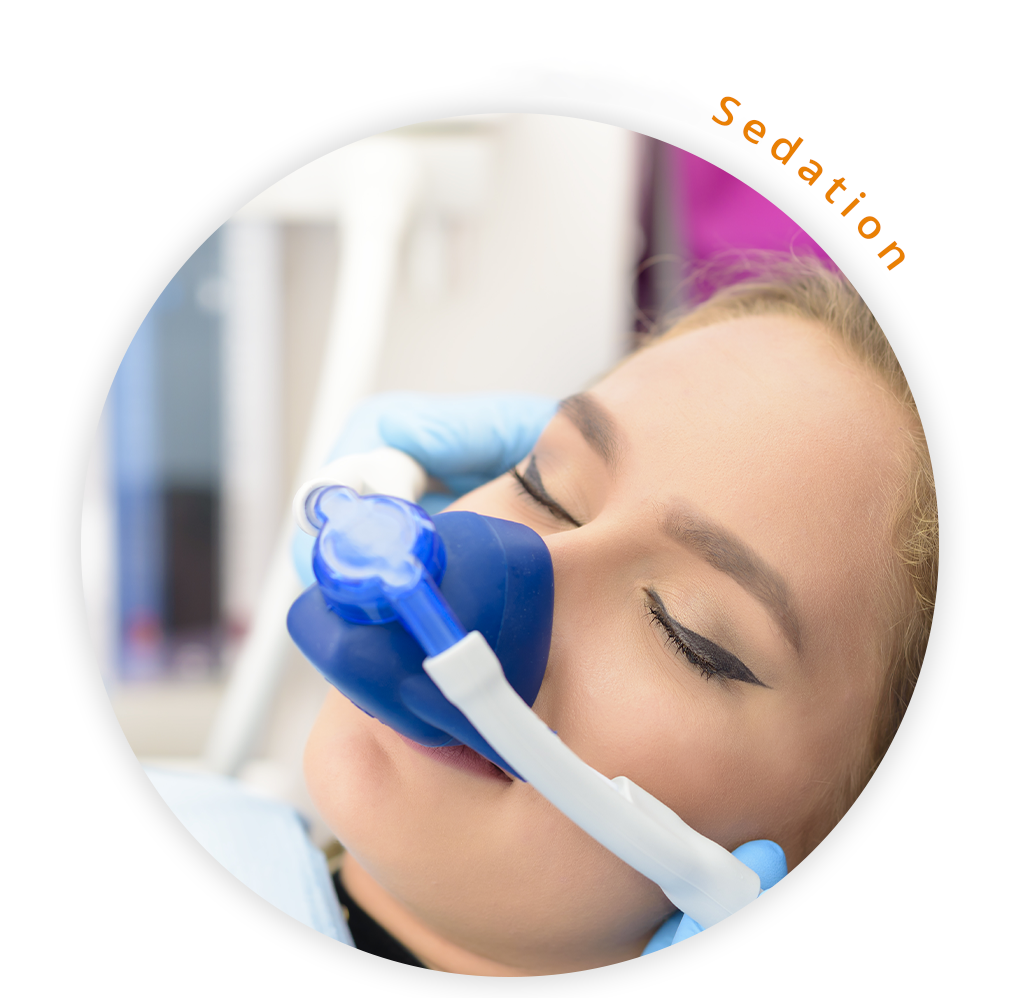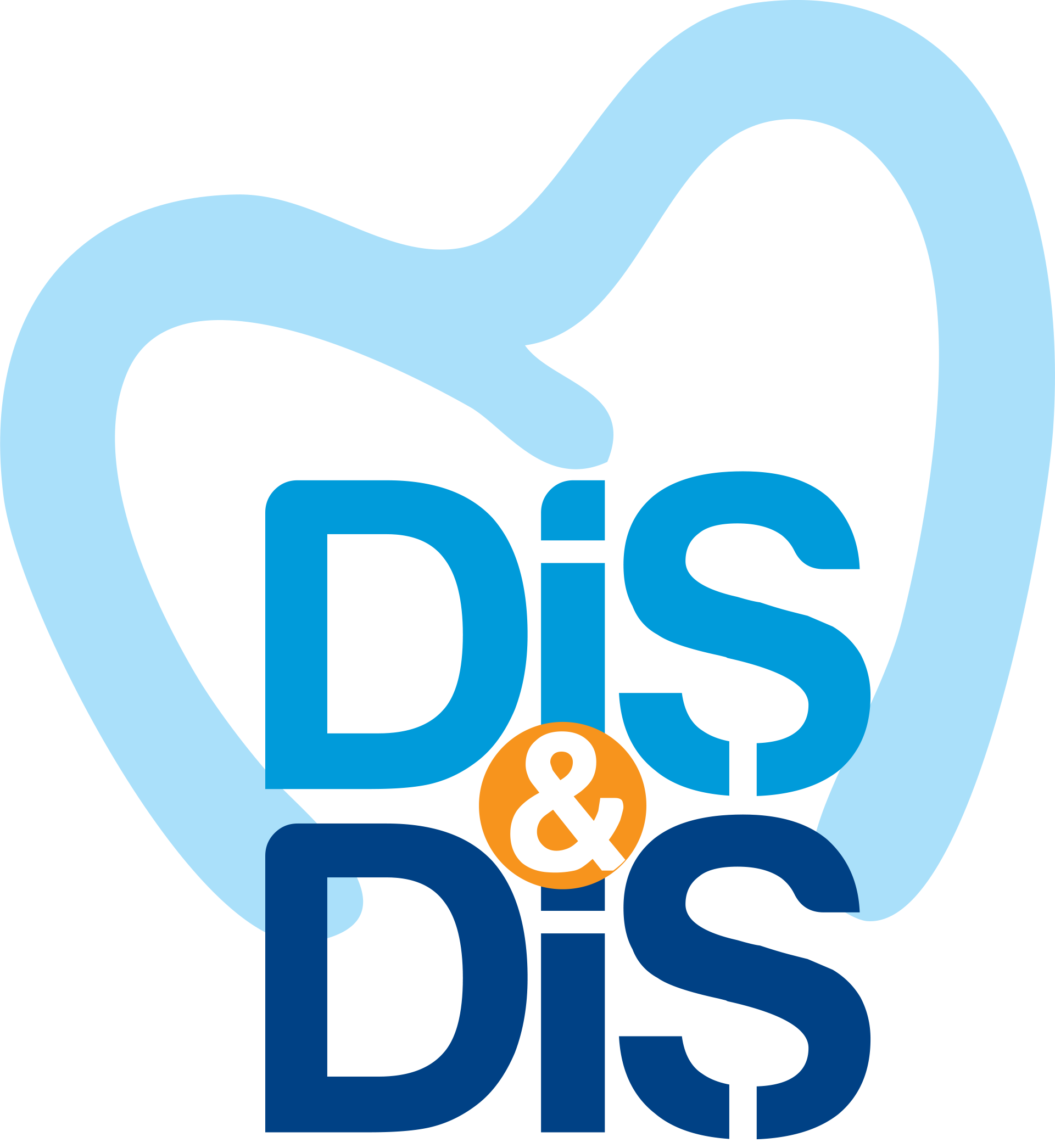Dental sedation is the process of using medication to help patients relax and feel more comfortable during dental procedures.

Sedation
Sedation is the process of using painkillers and relaxants together to eliminate pain, anxiety, and fear that may arise during dental treatments. In short, it is a deep sleep state.
What is the difference between sedation and general anesthesia?
During sedation, the patient continues to breathe normally. In general anesthesia, however, breathing is performed through tubes connected to devices that blow air into the lungs, a process called intubation. The muscle relaxants given through intravenous injection for intubation can cause delayed awakening. With sedation, the patient can recover very quickly after the procedure is over. No drugs enter the systemic circulation through the blood, and the patient is only sedated with gas (by inhaling it). It is a very comfortable and easily applicable method for patients.
Is there a risk associated with sedation?
Sedation is a very safe treatment method. However, depending on the drugs used, there may be side effects or allergic reactions. These side effects are easily managed and quickly resolved by a team of experts. The chances of encountering such side effects are lower than those of general anesthesia.
Who is eligible for sedation?
Sedation can be used for all patients, including those with dental phobia, needle phobia, and those who want to complete lengthy procedures in a single session. It can also be used for patients who cannot receive dental treatment due to nausea, vomiting, or gag reflex, as well as for children, adults, healthy individuals, and those with disabilities.
